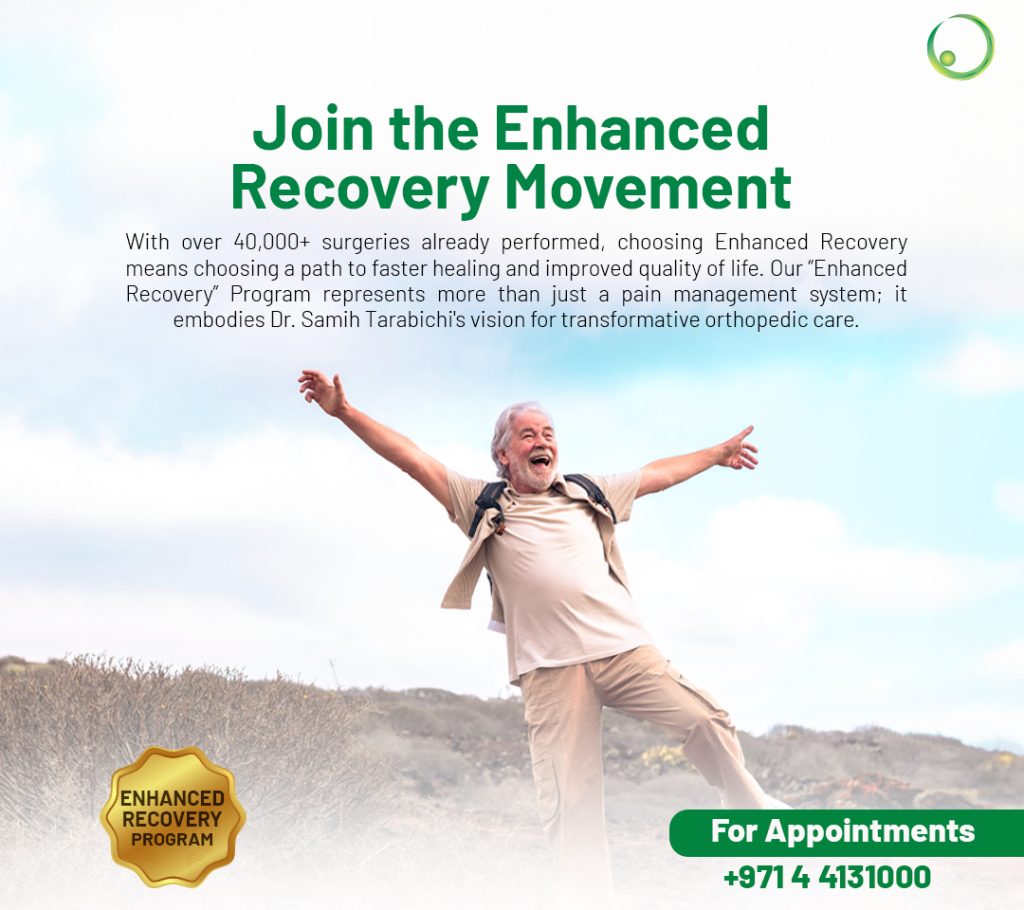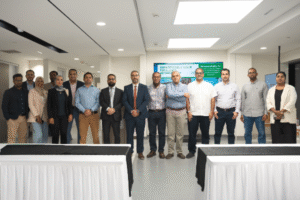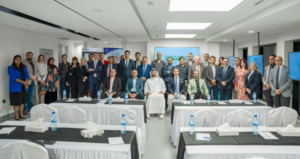Growth Plates and Sports Injuries: What Parents Need to Know?
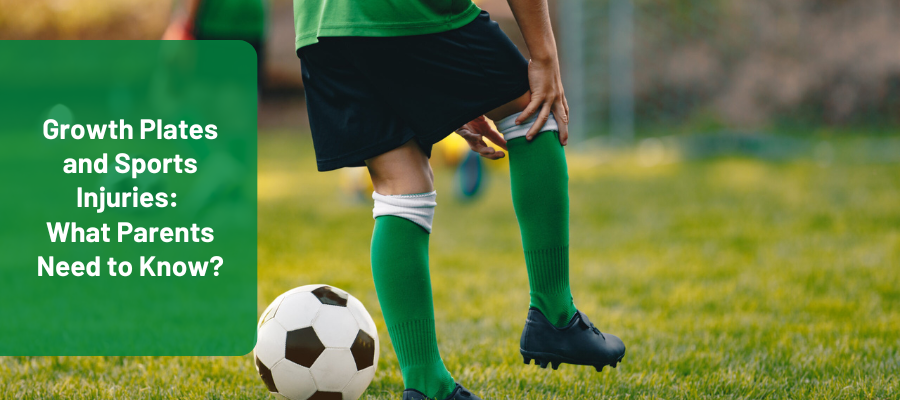
Is your child constantly on the move—kicking, jumping, sprinting, or sliding into home base?
While sports offer great benefits for young bodies and minds, they also come with some risks, especially for growing kids. One area that often gets overlooked is growth plates—a critical part of bone development that’s especially prone to injury in active children.
Here’s what every parent should know to protect their child from sports-related growth plate fractures and injuries.
What are Growth Plates?
Growth plates are soft areas of cartilage located near the ends of long bones, such as the arms, legs, and fingers. These plates are responsible for bone lengthening during childhood and adolescence.
As a child matures, the growth plates gradually harden and “close,” becoming solid bone. Once they become closed growth plates, typically by the end of puberty, bones stop growing in length.
Until then, these areas remain vulnerable, especially during intense physical activity or contact sports.
About
Tarabichi Joint Care
At Tarabichi Joint Care, we are dedicated to offering world-class orthopedic care with a focus on joint health and comprehensive rehabilitation. Founded by the renowned Dr. Samih Tarabichi, a pioneer in joint replacement in Dubai, our center stands as a beacon of excellence in the Middle East and beyond. With cutting-edge technologies, a patient-centered approach, and a team of highly specialized professionals, we strive to enhance the quality of life for individuals suffering from joint-related conditions.
Why are Growth Plates Susceptible to Sports Injuries?
Because growth plates are softer and weaker than the surrounding bone, they’re more prone to injury.
This makes children who are highly active in sports more susceptible to sports medicine growth plate injuries.
Risk increases during:
- High-impact sports like football or basketball
- Repetitive motion sports like gymnastics or tennis
- Sudden twists or collisions during activities like soccer or skating
A growth plate injury is more than just a typical sprain or strain—it can lead to lasting issues such as crooked bones, stunted growth, or arthritis if not treated promptly and properly.
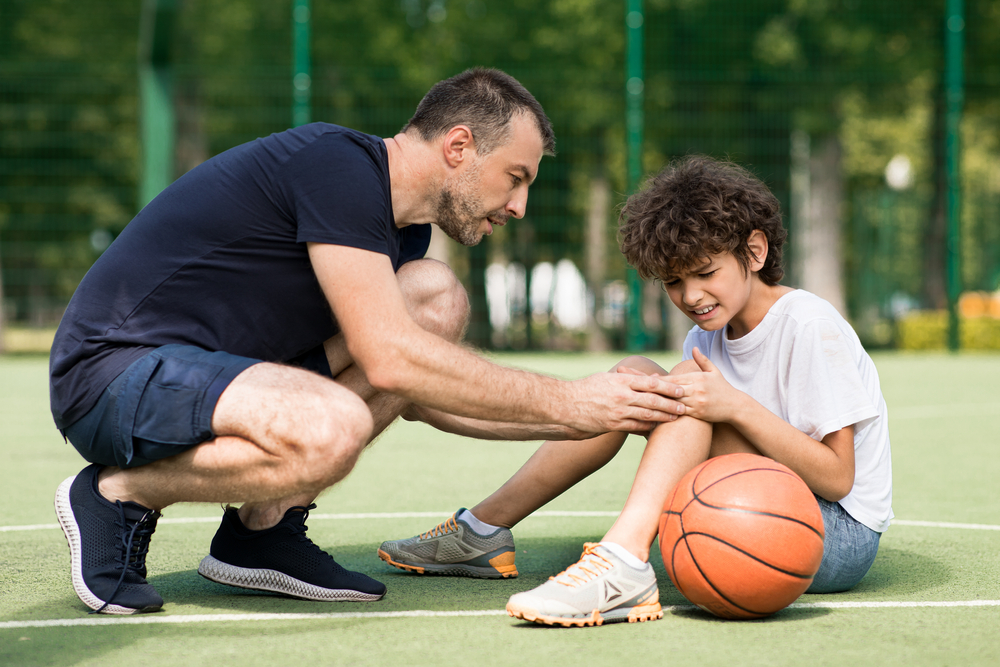
What are Common Growth Plate Injuries in Young Athletes?
Young athletes are particularly prone to growth plate injuries due to their high levels of physical activity and the ongoing development of their bones.
Some of the most common injuries include:
- Fractures near joints, especially in the ankle, wrist, and knee. These fractures can result from falls, collisions, or high-impact sports and may affect bone development if not properly treated.
- Little league elbow or shoulder, caused by repetitive throwing motions in sports like baseball, softball, or tennis. This overuse injury stresses the growth plate and surrounding structures.
- Osgood-Schlatter disease, a condition characterized by painful inflammation just below the knee, where the tendon from the kneecap attaches to the shinbone.
How to Detect Growth Plate Damage?
If your child complains of joint or shoulder pain, don’t assume there’s no injury just because they can move their fingers or toes or there’s no visible swelling or bruising. These aren’t reliable signs.
The most accurate indicator of a growth plate injury is localized tenderness at one specific point, even if everything else appears normal.
Other warning signs include:
- Persistent pain that doesn’t improve with rest
- Swelling near a joint
- Noticeable drop in performance
- Visible deformity in the limb
- Inability to put weight on a limb
- Inability to continue the activity due to pain
- Limping or altered movement patterns
When to See a Doctor?
If your child experiences any of the above symptoms, especially after an injury, it’s best to consult a pediatric orthopedic specialist.
A physical exam, along with imaging tests, such as X-rays or an MRI, can confirm if the growth plate is involved.
Prompt treatment can prevent long-term complications and promote proper healing.
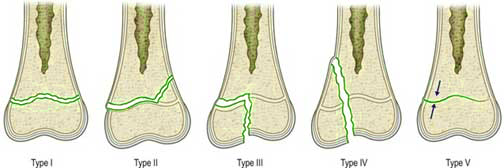
How are Growth Plates Treated?
Treatment depends on the injury’s severity and may include:
- Rest and immobilization (casts or splints)
- Physical therapy to restore strength and flexibility
- Surgery, in rare cases, if the bone is displaced or not healing properly
Most children recover fully, but they may need follow-up monitoring to ensure the bone grows normally over time.
How Can Growth Plates be Kept Open and Healthy?
You can’t stop growth plates from closing—they do so naturally as your child matures. However, you can help ensure they stay healthy during critical growth periods by:
- Encouraging proper warm-ups before sports
- Providing protective gear for high-impact activities
- Ensuring children take rest days to avoid overuse injuries
- Scheduling regular check-ups with a sports specialist
- Seeking prompt care after any sports injury
Tarabichi Joint Care: Leaders in Personalized Sports Medicine
Here’s what sets Tarabichi Joint Care apart:
- Patient-Centered Approach: Each treatment plan begins with a detailed assessment to understand your symptoms, goals, and lifestyle.
- Advanced Diagnostics: The clinic uses high-resolution imaging and digital modeling to design implants that are as unique as you are.
- Minimally Invasive Surgery: Experts perform the procedure with smaller incisions and precise tools, reducing trauma and downtime.
- Comprehensive Aftercare: From physiotherapy to ongoing monitoring, the focus is on helping patients return to mobility with confidence.
If your child has encountered a sports injury, the team at Tarabichi Joint Care offers customized solutions and compassionate support every step of the way for Orthopedic treatment.
Visit Tarabichi Joint Care for your Child's Sport Injury
If your child is experiencing joint pain, discomfort, or signs of a possible growth plate injury from sports, don’t wait. At Tarabichi Joint Care, we understand the unique needs of growing bodies.
Under the leadership of Dr. Samih Tarabichi, a global pioneer in joint replacement, our clinic offers expert pediatric orthopedic care, advanced diagnostics, and personalized rehabilitation plans. With state-of-the-art facilities and a compassionate, patient-first approach, we are committed to helping young athletes recover safely and return to doing what they love—stronger than ever.

Get Your Appointment For Expert Joint Care
At Tarabichi Joint Care, we are dedicated to providing exceptional orthopedic treatment in Dubai. We specialize in the Enhanced Recovery Program, which emphasizes on quicker healing post-surgery. If you’re considering knee replacement surgery, let us help you on your journey to pain-free living.

